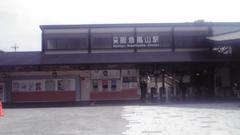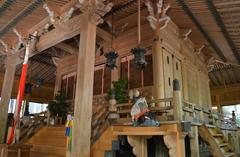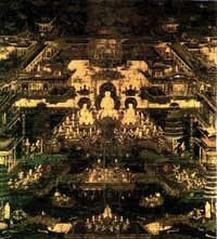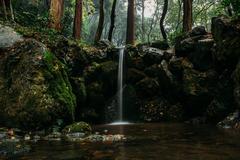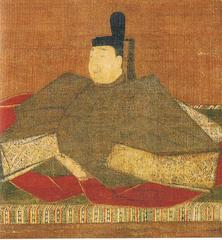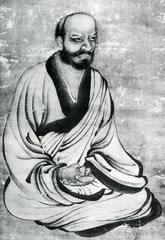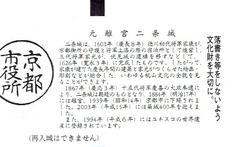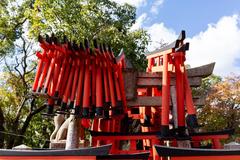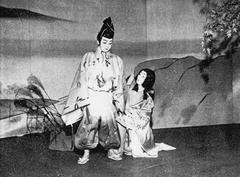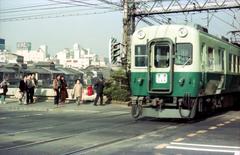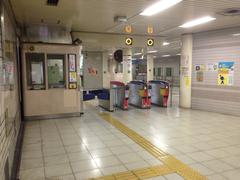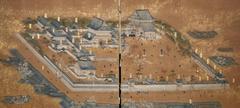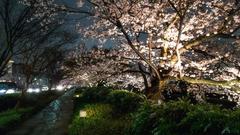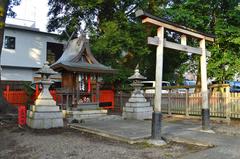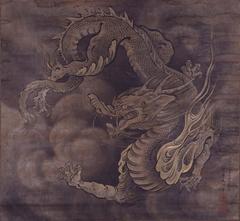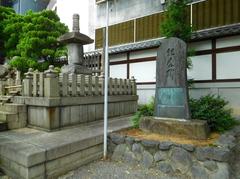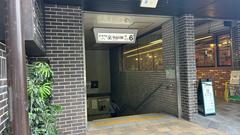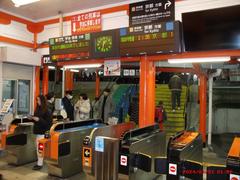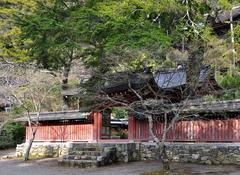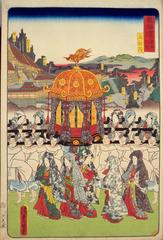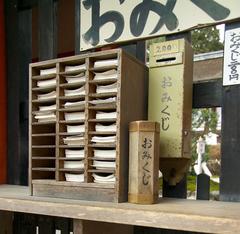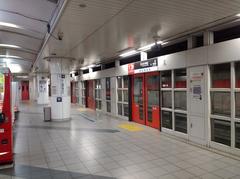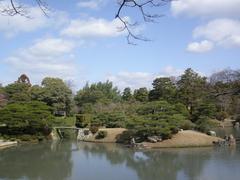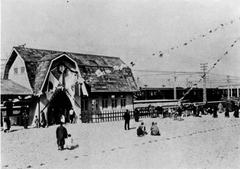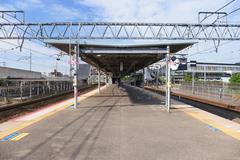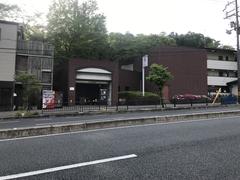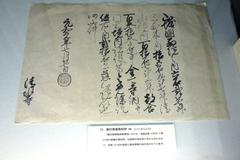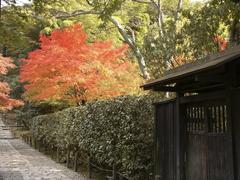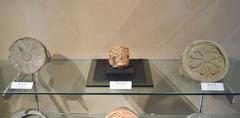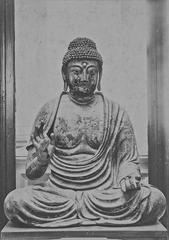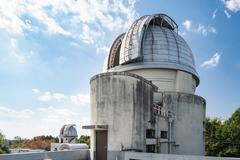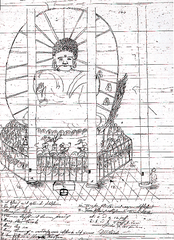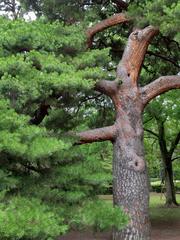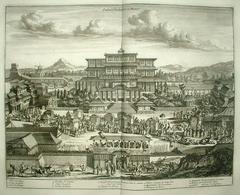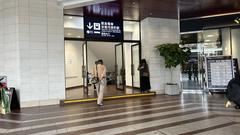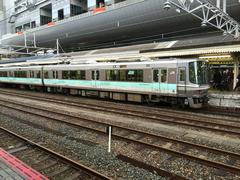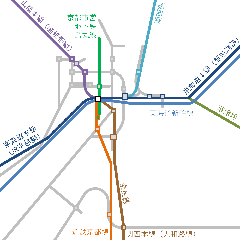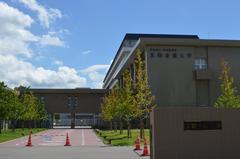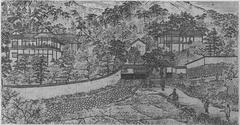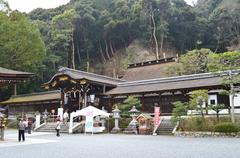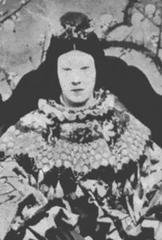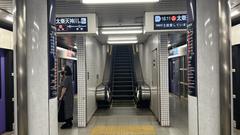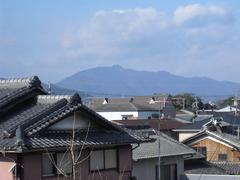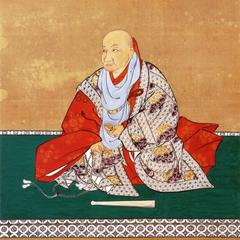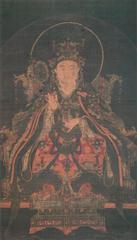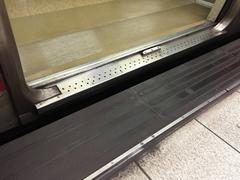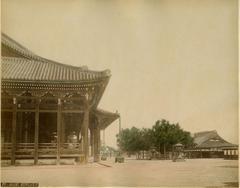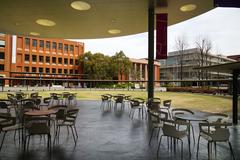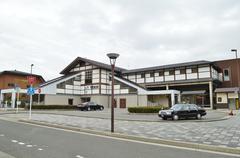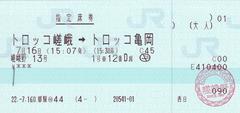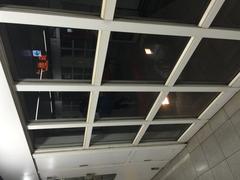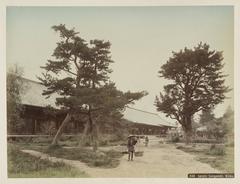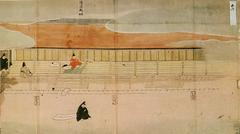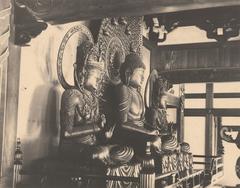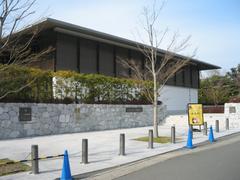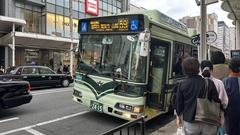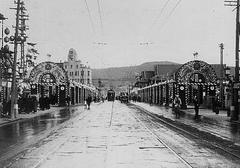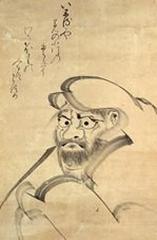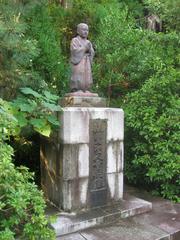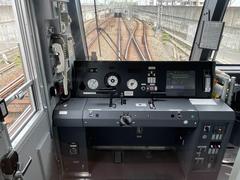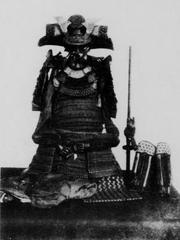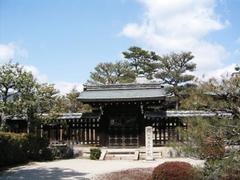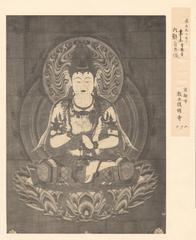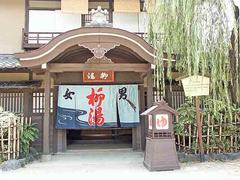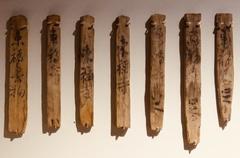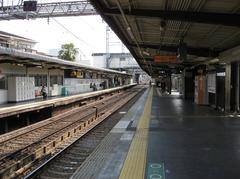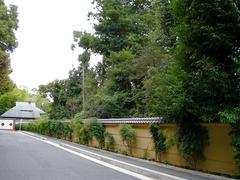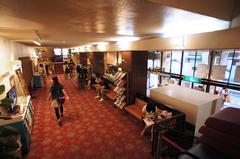Kyoto National Museum: Visiting Hours, Tickets, and the Essential Guide to Kyoto’s Historical Treasures
Date: 14/06/2025
Introduction
The Kyoto National Museum (KNM), nestled in the historic Higashiyama district, is one of Japan’s most significant cultural institutions. Since its founding in 1897 during the dynamic Meiji period, the museum has stood at the crossroads of tradition and modernization, committed to preserving, researching, and showcasing Japanese art and history. This comprehensive guide covers all you need—from “Kyoto National Museum visiting hours” and tickets to architectural highlights, collection overviews, and practical tips—making your cultural exploration of Kyoto seamless and memorable (Kyoto National Museum official; Japan Travel).
Historical Background
Founding and Significance
The KNM was established in the late 19th century, reflecting Japan’s ambition to modernize while honoring its cultural roots. The original Meiji Kotokan Hall, designed by Tokuma Katayama, is an architectural gem blending Western Renaissance style with Japanese sensibilities and is designated as an Important Cultural Property (Kyoto National Museum official; Japan Travel). Over the decades, the museum expanded, most notably with the addition of the Heisei Chishinkan Wing in 2014, designed by Yoshio Taniguchi. This modern extension incorporates advanced climate control and adaptable gallery spaces, enabling the display of more than 12,000 artifacts—including many National Treasures and Important Cultural Properties (WhichMuseum).
Mission and Collections
The museum’s core mission is to collect, conserve, and exhibit tangible cultural properties, particularly from Kyoto and the greater Kansai region. Its collections span Buddhist sculpture, painting, calligraphy, ceramics, textiles, armor, archaeological artifacts, and more. Many of these treasures are loaned by local temples and shrines, ensuring the living traditions of Kyoto remain accessible to the public (Kanpai Japan).
Evolution and Modernization
KNM has consistently evolved, balancing preservation with accessibility. The Meiji Kotokan Hall remains a historic centerpiece, while the Heisei Chishinkan Wing offers state-of-the-art facilities for special exhibitions and contemporary curation (Kyoto National Museum Collection). The museum also invests in digitization and virtual tours, expanding its reach worldwide.
Visitor Information
Visiting Hours
- Regular Hours: Tuesday–Sunday, 9:30 AM–5:00 PM (last entry 4:30 PM)
- Closed: Mondays (or the next day if Monday is a national holiday), and during New Year holidays
- Extended Hours: Select Fridays until 8:00 PM during major exhibitions—confirm on the official website
Tickets and Admission
- General Admission: 700–1,500 yen (varies by exhibition)
- Discounts: Seniors, students, and groups receive reduced rates; children under 18 are often free
- Where to Buy: Tickets are available onsite and online; advance online purchase is strongly recommended during peak seasons (Kyoto National Museum official)
Accessibility & Amenities
- Accessibility: Full wheelchair access, elevators, accessible restrooms, and staff assistance
- Guidance: Multilingual signage and audio guides available
- Amenities: Museum shop, café, restaurant overlooking the gardens, and coin lockers
Getting There
- By Bus: City bus #100 or #206 from Kyoto Station to Sanjusangendo-mae
- By Train: 10-minute walk from Keihan Shichijo Station (JR Pass Guide)
Architectural Highlights
Meiji Kotokan Hall
The red-brick Meiji Kotokan Hall, opened in 1897, is a rare Western-style building in Kyoto and an Important Cultural Property. Its symmetrical layout, grand foyer, and ten galleries surround two inner courtyards. The pediment displays Buddhist deities of the arts, symbolizing the museum’s dedication to cultural stewardship (Kyoto Station Guide; The Best Museums to Visit in Kyoto).
Suggested image: “Meiji Kotokan Hall at Kyoto National Museum featuring historic red brick architecture”
Heisei Chishinkan Wing
Completed in 2014 and designed by Yoshio Taniguchi, the Heisei Chishinkan Wing is a minimalist masterpiece. It features open, flexible galleries and advanced earthquake-resistant construction. The bright, glass-filled lobby and modern amenities create a welcoming space for special exhibitions and public events (Kyoto National Museum official).
Suggested image: “Modern galleries inside Heisei Chishinkan Wing at Kyoto National Museum”
Gardens and Outdoor Features
The museum’s gardens blend Western and Japanese landscaping, with outdoor sculptures and a sukiya-style tea house, Tan’an. The grounds provide a tranquil retreat and beautiful photo opportunities. The KNM Garden Guide app offers augmented reality tours for a more immersive experience.
Highlights of the Collection
- Paintings & Calligraphy: Includes Tawaraya Sotatsu’s “Wind God and Thunder God” folding screens (National Treasure) and ukiyo-e prints such as Hokusai’s “The Great Wave off Kanagawa” (Tsumugu Project).
- Buddhist Sculpture: Masterpieces from the Heian and Kamakura periods, including the Standing Priest Baozhi (Hoshi) statue.
- Ceramics & Lacquerware: Yohen Tenmoku tea bowls, Kyo-yaki and Raku ware, and intricate maki-e lacquer pieces.
- Textiles & Costume: Noh costumes, kimono, and Nishijin woven fabrics.
- Archaeological Artifacts: Pottery, bronze mirrors, and ritual implements from Jomon, Yayoi, and Kofun periods.
Special Exhibitions and Programs
- “Japan: An Artistic Melting Pot” (April 19 – June 15, 2025): A major exhibition exploring intercultural influences on Japanese art, featuring National Treasures (Tsumugu Project).
- Events & Workshops: Regular lectures, seasonal events, and hands-on workshops for all ages.
- Virtual Tours: Online access to select galleries and the historic Meiji Kotokan Hall (Kyoto National Museum Collection).
Nearby Attractions
The KNM is ideally located for exploring some of Kyoto’s most renowned sites, including:
- Sanjusangendo Temple: Famous for its 1,001 statues of Kannon
- Kiyomizu-dera Temple: A UNESCO World Heritage site
- Higashiyama District: Picturesque streets and traditional shops
Suggested interactive element: Map of Kyoto National Museum and nearby sites
Visitor Tips
- Arrive early, especially during special exhibitions or weekends.
- Check the museum’s photography policy; generally, photography is allowed only in gardens and designated areas.
- Guided tours and audio guides are available in multiple languages—book in advance if possible.
- Plan extra time to relax in the gardens or enjoy refreshments in the café or restaurant.
Frequently Asked Questions
Q: What are the Kyoto National Museum’s visiting hours?
A: Tuesday–Sunday, 9:30 AM–5:00 PM (closed Mondays and holidays; check for extended hours during special exhibitions).
Q: How much are tickets?
A: General admission ranges from 700–1,500 yen depending on the exhibition, with discounts for students, seniors, and groups.
Q: Is the museum wheelchair accessible?
A: Yes, with elevators, accessible restrooms, and staff assistance available.
Q: Can I take photos?
A: Photography is generally restricted in exhibition galleries but allowed in gardens and marked areas.
Q: Are guided tours available?
A: Yes, in English and Japanese. Advance booking is recommended.
Q: What other attractions are nearby?
A: Sanjusangendo Temple, Kiyomizu-dera, and the scenic Higashiyama district are all close by.
Conclusion
The Kyoto National Museum is a cornerstone of Japanese cultural heritage, blending striking architecture with world-class collections and visitor-friendly amenities. Whether you’re drawn by the historic artistry, special exhibitions, or serene gardens, KNM offers an immersive and enlightening experience. Be sure to confirm the latest “Kyoto National Museum visiting hours” and secure your “Kyoto National Museum tickets” in advance—especially during special exhibitions. Enhance your visit with the Audiala app for detailed guides and updates, and explore the surrounding historical marvels of Kyoto for a truly enriching journey into Japan’s past.
Sources
- Kyoto National Museum official
- Kyoto National Museum official
- Kyoto National Museum official: Facilities
- Japan Cultural Expo
- Japan Travel
- WhichMuseum
- Kanpai Japan
- Tsumugu Project
- Kyoto Station Guide
- JR Pass Guide
- AAB Kyoto
Images and interactive elements such as virtual tours are recommended alongside this article, with descriptive alt text like “Exterior view of Kyoto National Museum’s Heisei Chishinkan Wing” and “Virtual tour of Meiji Kotokan Hall.”

